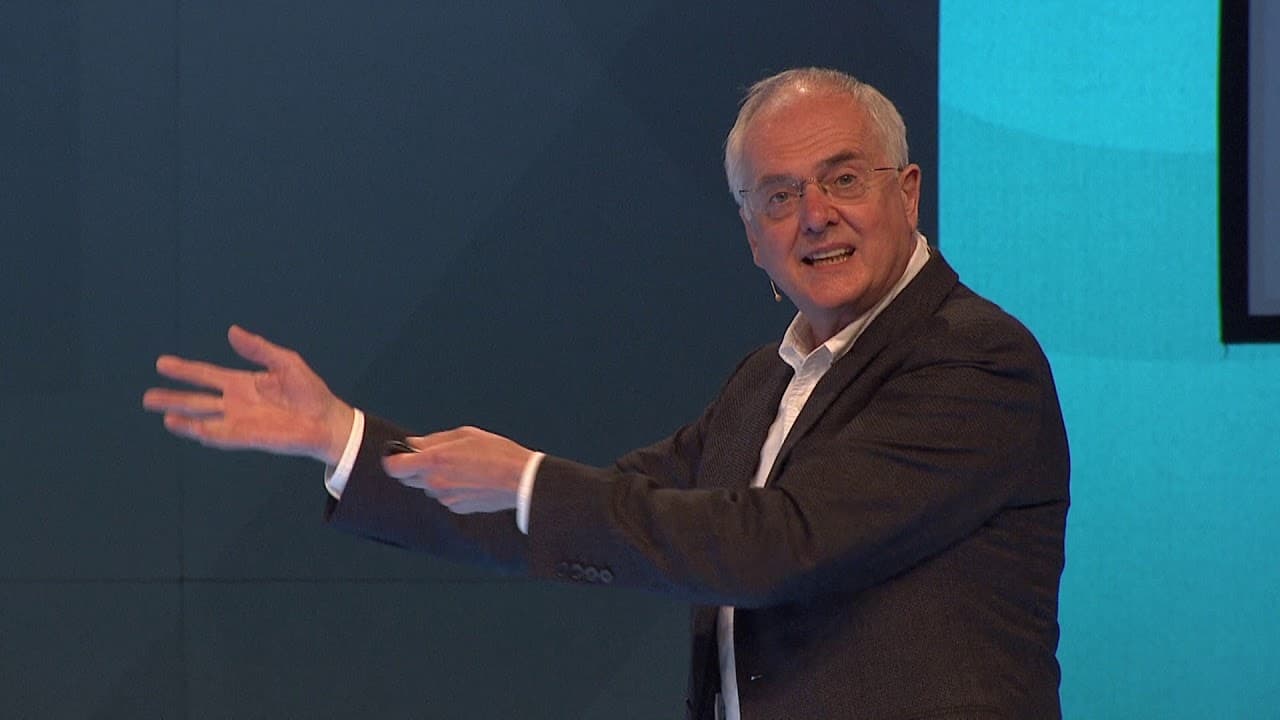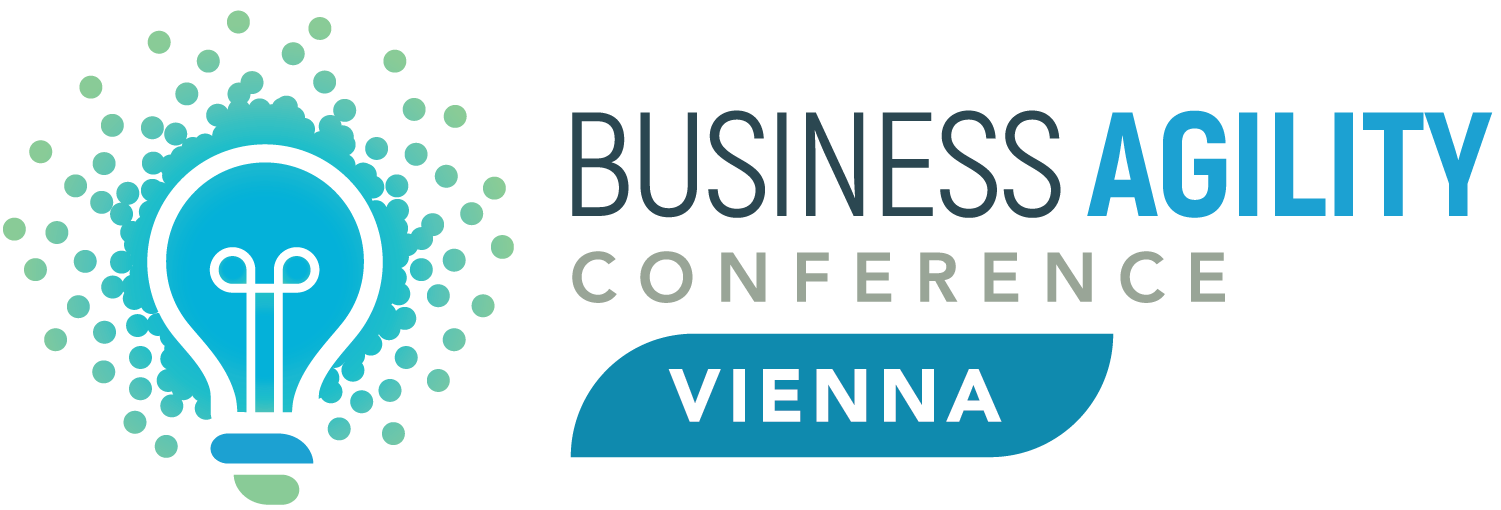First off, I just want to thank the Business Agility community for inviting me to speak. It’s a real pleasure and an honor to be here. The conversations and talks we’ve had over the past two days have been exceptional, and I encourage you to take something valuable from each of them.
I’m going to start with a statement that might be controversial: Business agility doesn’t care about Agile, but Agile should care about business agility. They are two different things. Business agility can be made up of many different methods, and it is up to those who use Agile to think about how it enables agility at a business level—not just in teams. Scaling Agile alone does not create business agility. Instead, we must turn Agile into something that runs the business. That is the challenge I am putting forward to all of you today.
Shifting the Perspective
One of the biggest barriers to business agility is the lack of buy-in from the top. If Agile is not helping to solve that problem, then what is it doing? It frustrates me to see brilliant people trying to implement Agile while failing to engage business leaders effectively. We need to change our approach.
Many businesses adopt Agile or Scrum simply because "everyone else is doing it." But that is the blind leading the blind. Instead, businesses should define their actual problems first. Only then can we determine how Agile or other approaches can address those challenges.
Creating the Right Work Climate
Let’s talk about the ideal work environment. Imagine working in a place where:
- Employees are treated with respect.
- You have influence over products and services.
- You deeply understand your customers and their needs.
- Work is challenging, ensuring continuous learning.
- Information flows freely between teams, fostering collaboration.
In such an environment, employees naturally become centers for gathering customer intelligence, which helps businesses create truly valuable products. This is the shift we need to make.
The Evolution of Business Agility
When I first wrote Sense and Respond in 2005, Lean was at its peak. Since then, Agile has emerged as a natural extension of Lean principles, offering even more flexibility. My latest work, Sense and Adapt, expands on this, showing how businesses can continuously adapt while maintaining long-term profitability.
Business agility is about more than continuous production—it’s about continuous value creation. It enables differentiation from competitors, allowing companies to innovate and create long-term success. Research shows that organizations that embrace the right structures and strategies outperform their competitors in the long run.
Transforming Organizational Infrastructure
When transforming a large business—whether 2,000 or 5,000 employees—you can’t expect overnight results. Instead, you must deconstruct and rebuild the organization thoughtfully. This requires changes in three areas:
- Mindset: A shift in how leaders and employees view work and change.
- Skillset: Equipping teams with the right capabilities to navigate uncertainty.
- Work Climate: Creating an environment that encourages adaptability and innovation.
By focusing on these areas, organizations can overcome internal complexity and create a culture of agility.
Lessons from Large-Scale Transformations
Every organization’s transformation journey is unique. There is no universal blueprint, but all successful transformations share common themes:
- They prioritize agility at the business level, not just within IT.
- They engage leaders by speaking their language and demonstrating business value.
- They focus on adaptability—shifting strategies and structures as needed.
- They empower employees by giving them real decision-making power.
Shifting from “Make and Sell” to “Sense and Adapt”
Traditional businesses operate on a “make and sell” model: build a product, then find customers. Agile businesses operate on a “sense and adapt” model: understand customer needs, then create solutions iteratively. The key is engaging employees to gather and act on customer intelligence before competitors do.
Work Climate: The Hidden Factor
Research on organizational climate reveals a crucial insight: the way an organization is structured directly affects employee thinking, behavior, and performance. A rigid, command-and-control culture stifles innovation. An environment that fosters autonomy and collaboration unlocks agility.
Four Types of Organizations
From extensive research, we’ve identified four key organizational models:
- Mass Production: Highly standardized, efficiency-driven (e.g., factories).
- Mass Customization: Some flexibility, but still largely standardized (e.g., fast food chains).
- Network Specialisms: Teams operate independently but collaborate as needed.
- Adaptive Organizations: Fully agile, capable of rapid change and innovation.
Most companies claim they want to be adaptive but operate with a mass-production mindset. This contradiction hinders agility.
Where Does Agile Fit?
Agile and Lean principles fit best in networked and adaptive organizations. However, simply introducing Agile without changing the underlying business model will not work. Companies must align their structure, leadership style, and incentives with agility.
Using Data to Drive Change
One organization I worked with used climate surveys to measure agility. Initially, their work environment resembled a mass-production factory. Over 18 months, through structural and cultural changes, they shifted toward a more adaptive model. This demonstrates that business agility is measurable and achievable.
Developing Business Agility Capabilities
To build an adaptive business, organizations must develop four key capabilities:
- Organizational Design: Creating structures that support agility.
- Leadership Development: Teaching leaders how to enable rather than control.
- New Business Practices: Implementing iterative and customer-focused methods.
- Employee Enablement: Equipping managers and teams to operate in an adaptive environment.
Final Thoughts
Business agility is not just about adopting Agile methodologies—it’s about changing how organizations operate at every level. By shifting from rigid structures to adaptive models, businesses can stay ahead of the competition, create long-term success, and foster a work climate that enables employees to thrive.
Thank you very much!




